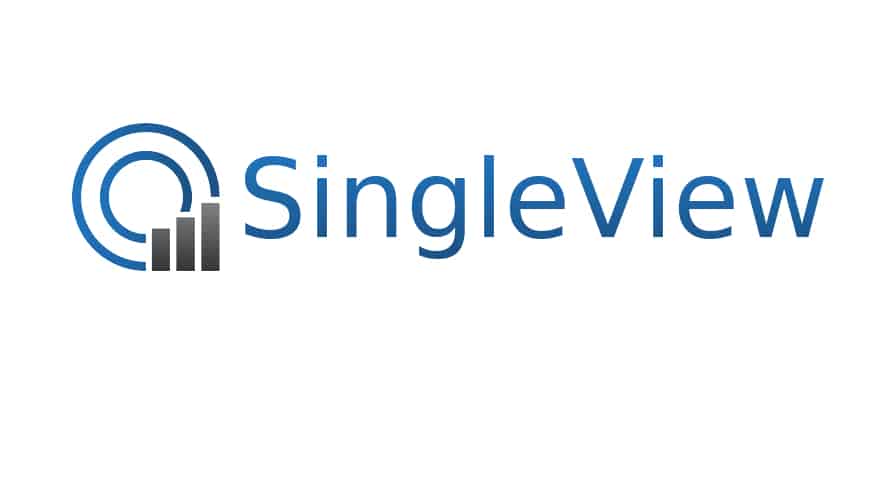One of the key talking points in the affiliate community in recent weeks was the announcement of R.O.EYE‘s new platform solution, SingleView, which provides unparalleled insights into the customer journey, digital marketing touchpoints and channel interactions. Along with their strategic partnership with Awin, which will allow publishers to easily access the platform via the Publisher MasterTag control panel, R.O.EYE looks set to continue their momentum in disrupting the attribution channel.
With the spotlight firmly on them, we spoke to R.O.EYE founder Mark Kuhillow to get a deep-dive analysis into SingleView itself and why it was set up, in addition to his thoughts on the last-click model and what this means for the affiliate industry going forward.
Hi Mark, first of all, congratulations on the launch your multi-touch attribution platform SingleView. For those who missed the announcement, could you give us a brief breakdown of the product and what this means for the attribution space in general?
In addition, you also confirmed a strategic partnership with Awin which will allow their publishers to utilise the platform. A key part of this is using a data-led approach to determine the vital points in the customer journey. As part of the partnership, how will this process be executed?
MK: Awin has proven themselves to be an excellent partner on a number of levels. Firstly, they really want to understand the contribution of affiliate traffic on a data-driven multi-touch basis. Whilst many of us believe that a last-click model is biased towards the affiliate channel (which I can tell you, it is), if we don’t look at how this happens, the conversion differences across publisher types, ad opportunities etc… we’ll never know how to optimise the affiliate channel in today’s world. This is the journey which we’ve been on for the last three years and one which I’m delighted to say Awin is on too. In terms of how this will be executed, again, it’s pretty simple (I like simple!). SingleView has been embedded within both the Awin Advertiser and Publisher MasterTags. For advertisers who wish to start seeing multi-touch attribution insights, there is no integration needed before they start seeing insights. For publishers, not only can they start to immediately measure their contribution at earlier stages in the purchase consideration cycle, but they can also do so on a post-impression basis.
The ease of integration for both audiences is what makes this such an exciting opportunity for the performance marketing community.
It’s been quite a journey for R.O.EYE. What inspired you to build your attribution platform and did you ever think that it would disrupt the space as it has done now?
MK: I’m a great fan of the concept of ‘the law of unintended consequences’, which in this case led us to build an attribution platform virtually by accident. As a business which has managed affiliate programmes since 2004, we knew that we must move beyond a last-click basis if we were to articulate the value of our work to clients. We set about building a platform which did two things – justified the trades we were making whilst informing our account managers where budgets should be invested. It was only after a quarterly review with a client we realised that we had built a platform which measured every single conversion, touchpoint and assistance of a user journey right down to a transactional level. By realising the true potential of the data we were capturing, we then built and trained an algorithm to evaluate the value of each touchpoint and predict its best use, moved the tool onto a SaaS platform and began to scale the solution.
The real SingleView value has come from the education we have enjoyed as a business having used insights from the tool for over two years. Taking a wider view of how affiliates, keywords, social platforms, or DSP’s influence and effect conversion has now simply become part of ‘what we do and how we do it’. We now want to help the wider industry enjoy this perspective too, in the safe comfort that their CEO’s, CFO’s, CMO’s and CIO’s will be on the journey with them and most importantly, will have the understanding and comfort to retire the 25 years stalwart which is holding them back; the last-click attribution metric.
Aside from attribution, what other key trends or developments have you seen over the course of 2019? Incrementality was one you referenced recently, but are there any others we should take note?
MK: That’s a tough question, we’ve been so focused on ‘shining a light in the dark’ through attribution and the client insights we’ve been uncovering that I haven’t had a huge amount of bandwidth to consider the wider world. What have I been keeping ‘half an eye on’? ITP 2.0 is something we would ignore at our peril, no-one should be too complacent about the data they have and assume they will always have access to it in its current form (first-party cookies may not be the safe-bet we thought they were. Interpretation of GDPR is something I also keep a very close eye on too. The biggest development I’m looking at today is the changes in behaviour, attitude and working practice which an enlarged dataset and, in turn, results and bottom line contribution will bring through bravery, courage and the curiosity to drive change through innovation.
Lastly, as we’re now in the second half of 2019, what are you most looking forward to in the coming months?
MK: Rolling out SingleView internationally and then chilling out with my family on a beach at Christmas; the only time when my inbox, newsfeeds, Trello boards and Slack channels actually go quiet.
